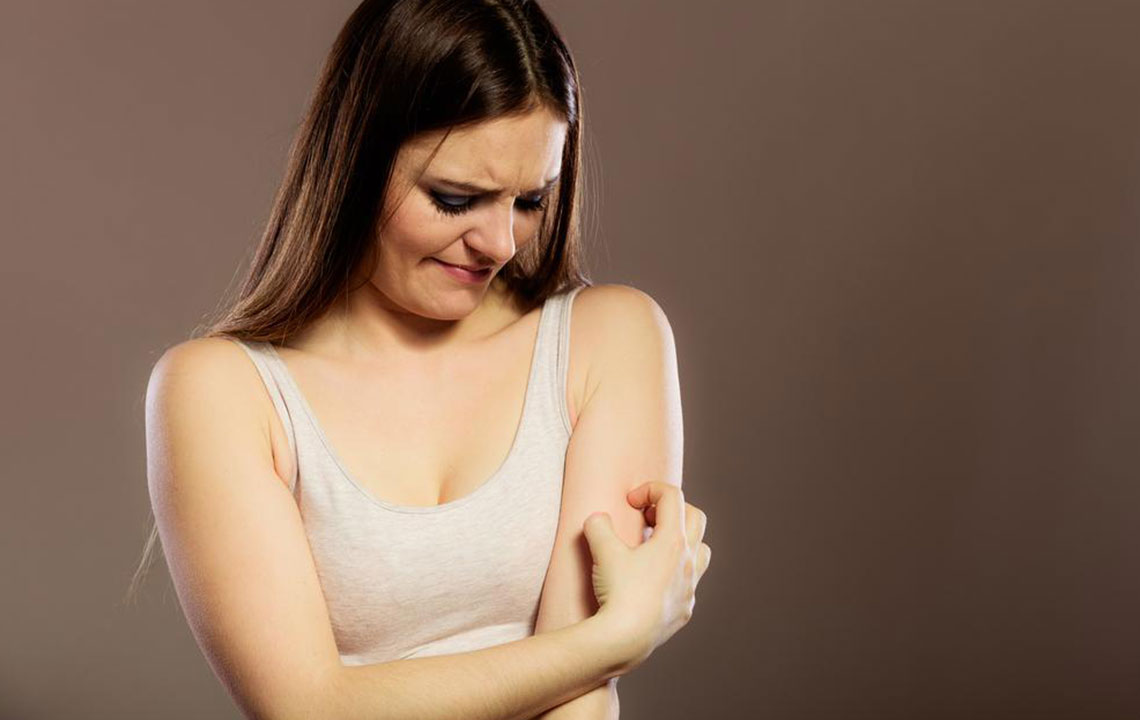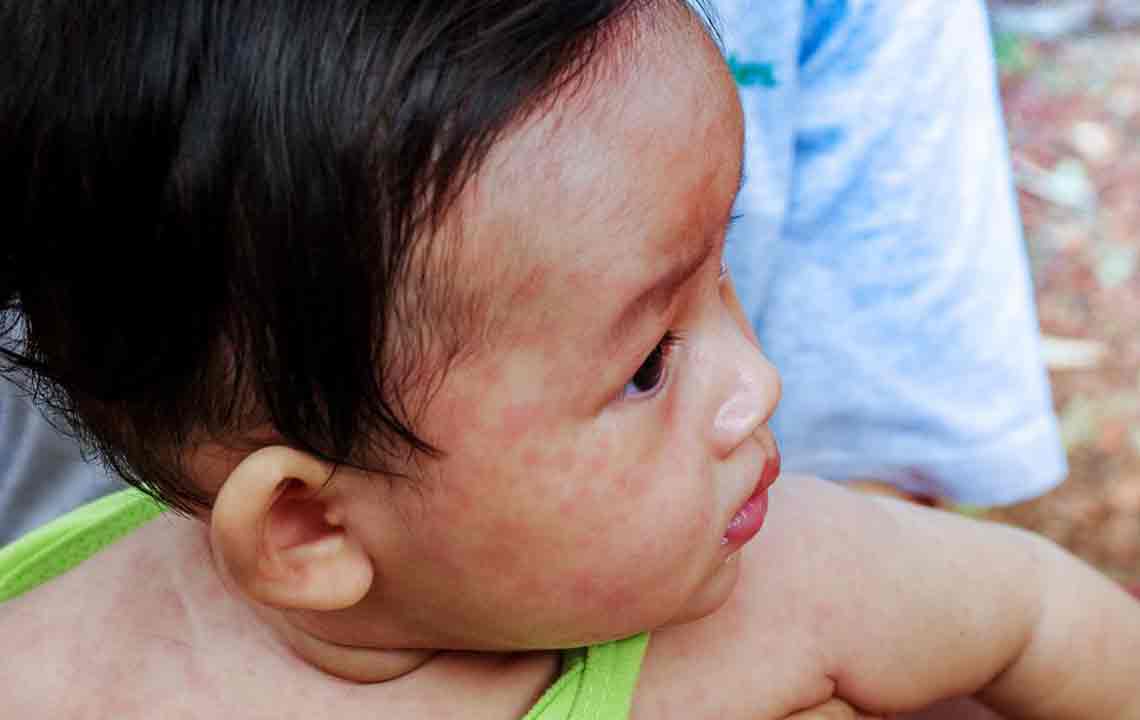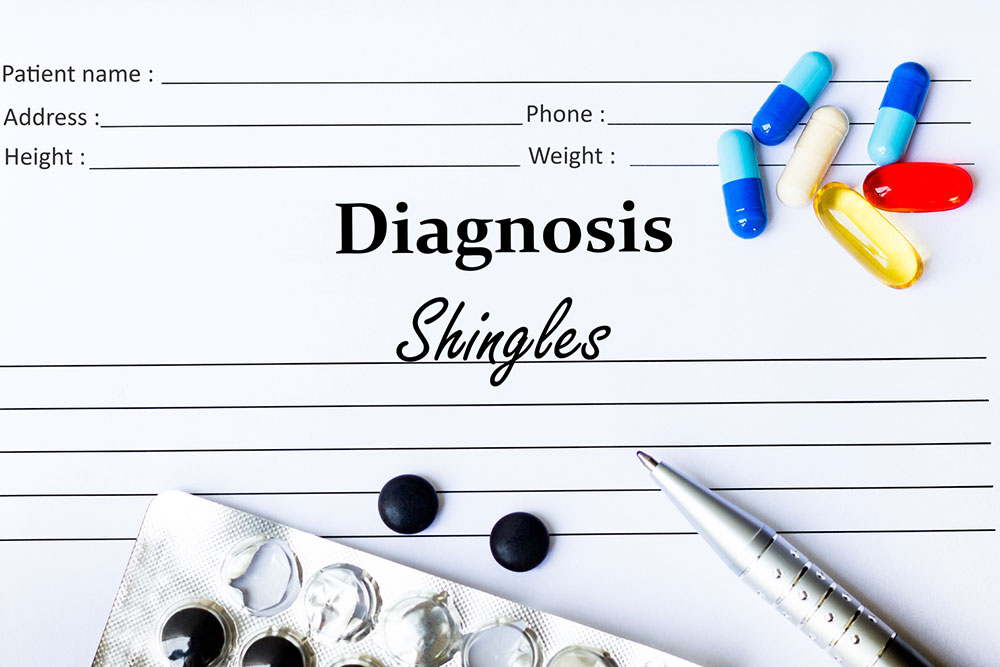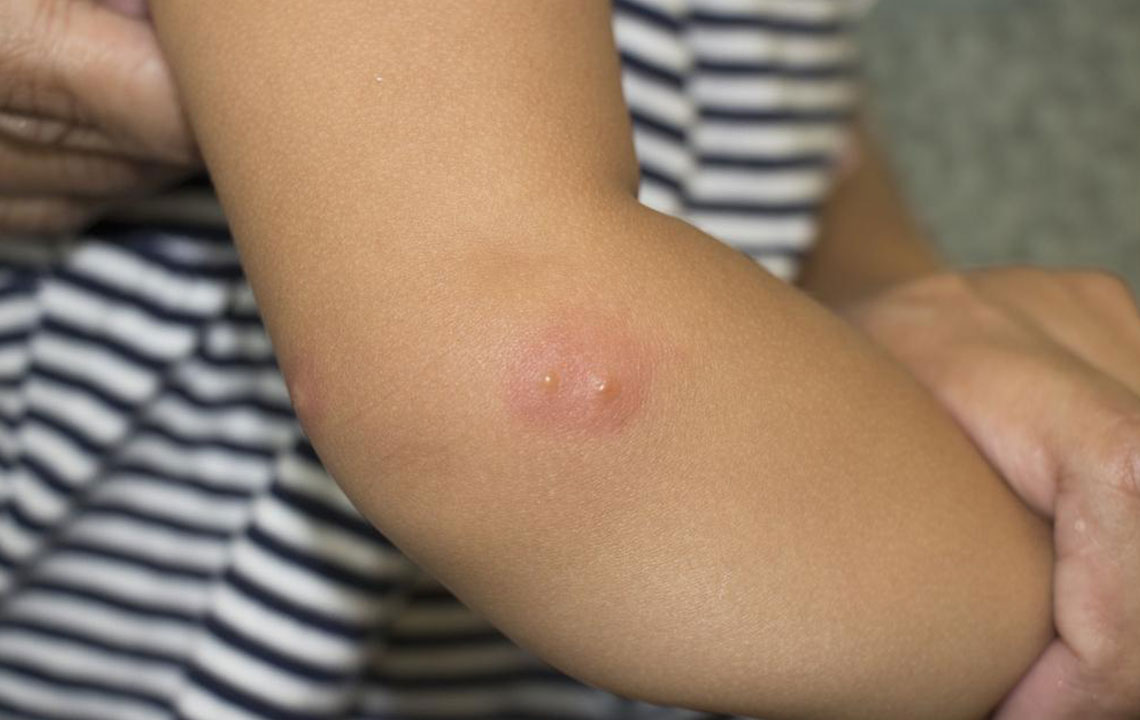Effective Ways to Prevent Shingles Infection and Stay Healthy
Discover comprehensive strategies to prevent shingles infection, including effective hygiene practices, immune system strengthening, and minimizing contact with blisters. Learn how early recognition and preventative measures can reduce the risk of spreading this painful condition. Stay informed and protect yourself and your loved ones with expert advice on shingles prevention.
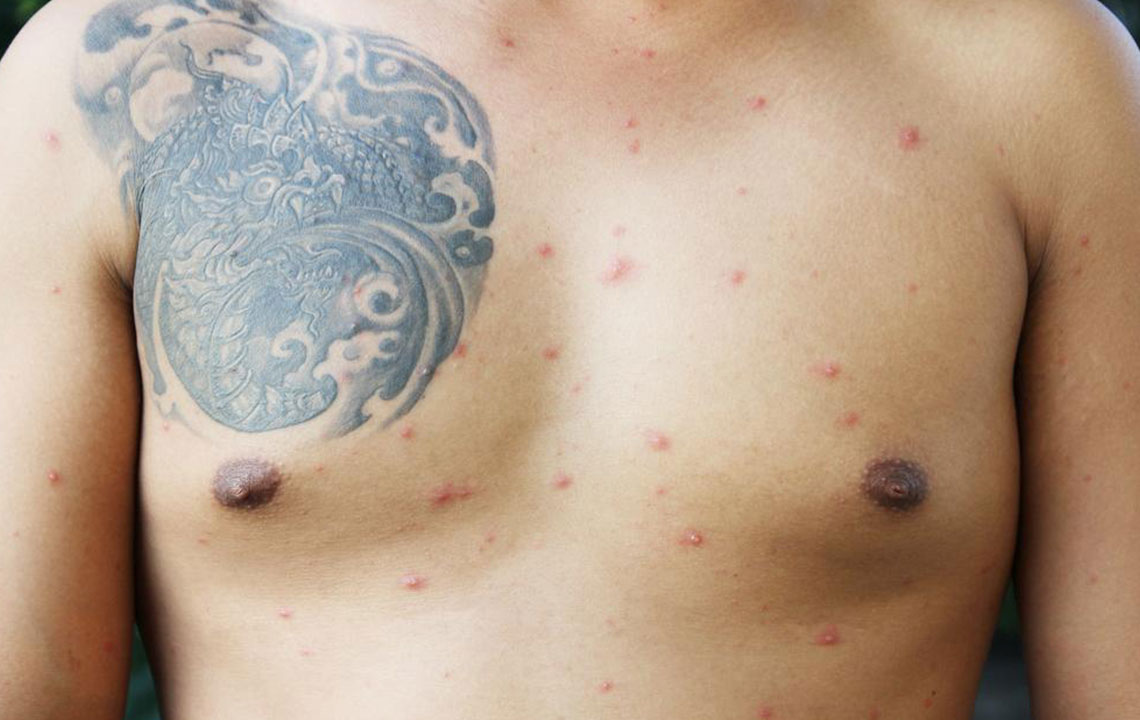
Effective Ways to Prevent Shingles Infection and Stay Healthy
Shingles, medically known as herpes zoster, is a painful skin condition caused by the reactivation of the varicella-zoster virus—the same virus responsible for chickenpox. While many individuals associate shingles with older adults, it can affect anyone who has previously had chickenpox. Understanding how shingles spreads and implementing effective preventive measures can significantly reduce the risk of infection and help maintain overall health.
The Nature of Shingles and Its Contagiousness
Shingles is not just a matter of discomfort; it's a contagious condition that demands awareness and caution. The virus is primarily transmitted through direct contact with the fluid-filled blisters characteristic of shingles. It’s important to note that the virus does not spread via respiratory droplets like coughs or sneezes, which commonly transmit colds and flu. This distinction is critical for preventing accidental transmission in daily interactions.
Before the appearance of the characteristic rash, affected individuals often experience symptoms like itching, tingling, or numbness on one side of their body. These sensations can serve as early warning signs, enabling people to take precautions before the rash develops. Recognizing these signs early can help in prompt isolation and reduce the risk of spreading the virus to others.
Understanding Transmission and Timeline
Once blisters appear, they typically develop into pustules — small, pus-filled bumps — within 3 to 4 days, accompanied by redness and swelling around the affected area. This infectious stage can last for about 5 to 6 days, during which the individual remains contagious. During this period, the virus can be transmitted through direct contact with the open blisters, which is why minimizing skin contact is crucial.
Key Preventive Strategies
Cover the Blisters and Maintain Hygiene – Keeping the affected skin covered with sterile dressings reduces the exposure risk. Regular handwashing and sanitizing are vital to prevent the virus from spreading to other parts of the body or to other people.
Practice Good Personal Hygiene – Frequent handwashing, avoiding touching the rash, and maintaining overall cleanliness help minimize contamination chances. Using antibacterial soap and sanitizers can be particularly effective.
Boost Your Immune System – A robust immune system can suppress the reactivation of the virus. Consuming a balanced diet, regular exercise, adequate sleep, and managing stress play important roles in immune health. For immunocompromised individuals, consulting healthcare providers for additional precautions or vaccinations is strongly recommended.
Avoid Contact with Vulnerable Populations – Pregnant women, immunocompromised individuals, and unvaccinated children are at higher risk of severe complications if exposed to the virus. Maintaining distance from infected individuals until blisters have crusted over is essential.
While current treatments primarily focus on symptom management and speeding recovery, they do not eliminate the virus entirely. Therefore, prevention remains the most effective strategy in reducing shingles incidence and protecting loved ones.
In conclusion, understanding the contagious nature of shingles and adopting rigorous preventive measures can significantly decrease the risk of infection. Vaccination programs and early intervention are additional tools that can help manage the spread and impact of shingles in the community. Staying informed and vigilant ensures better health outcomes and a healthier population overall.

